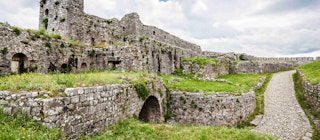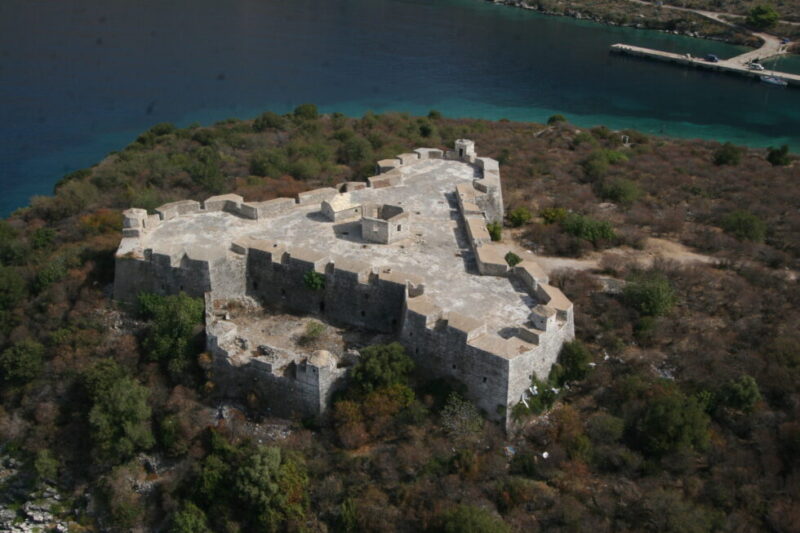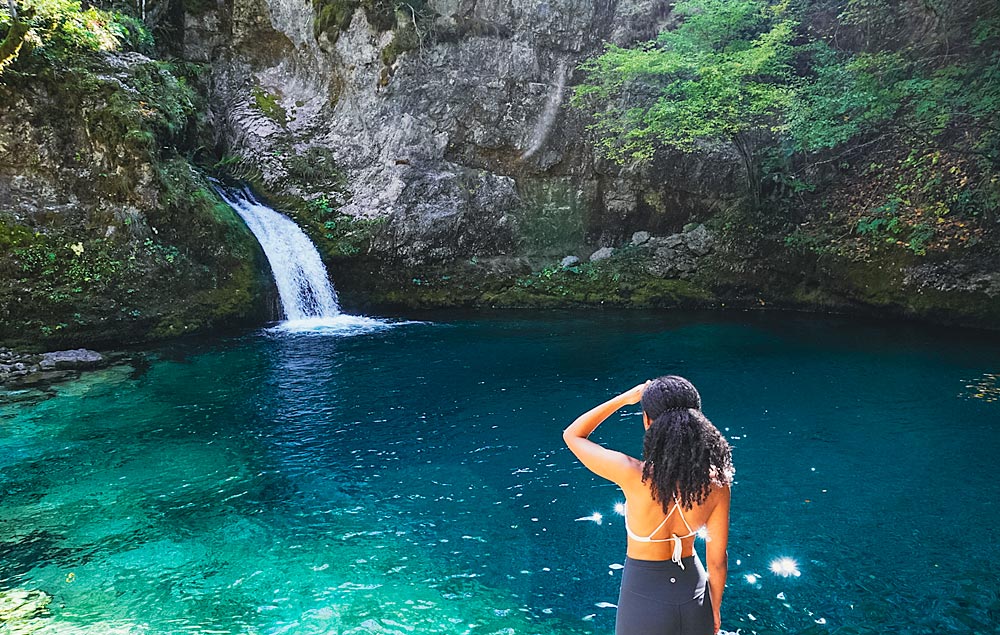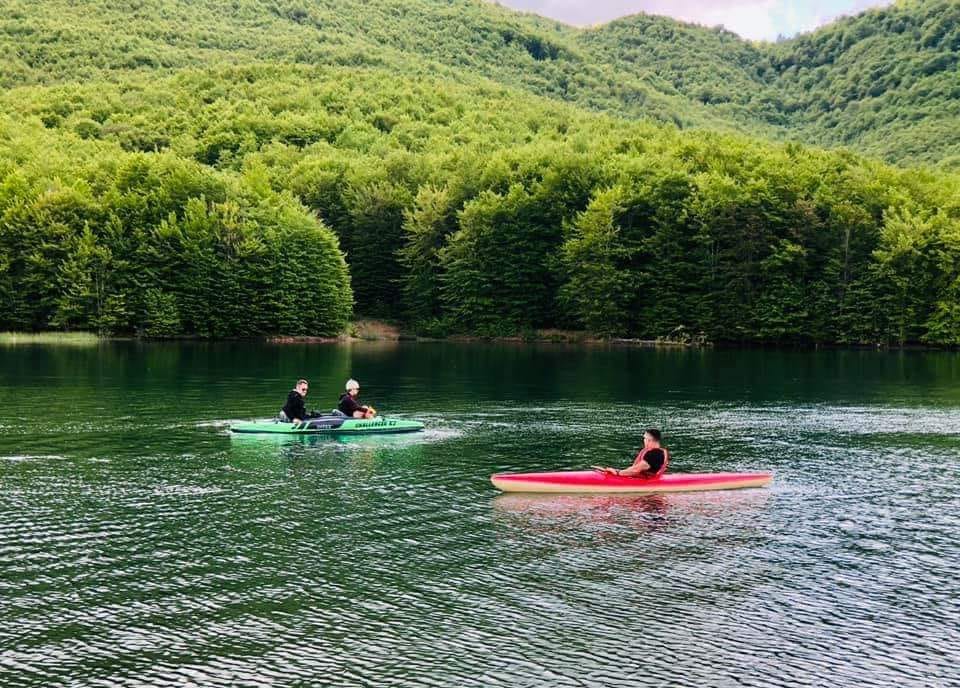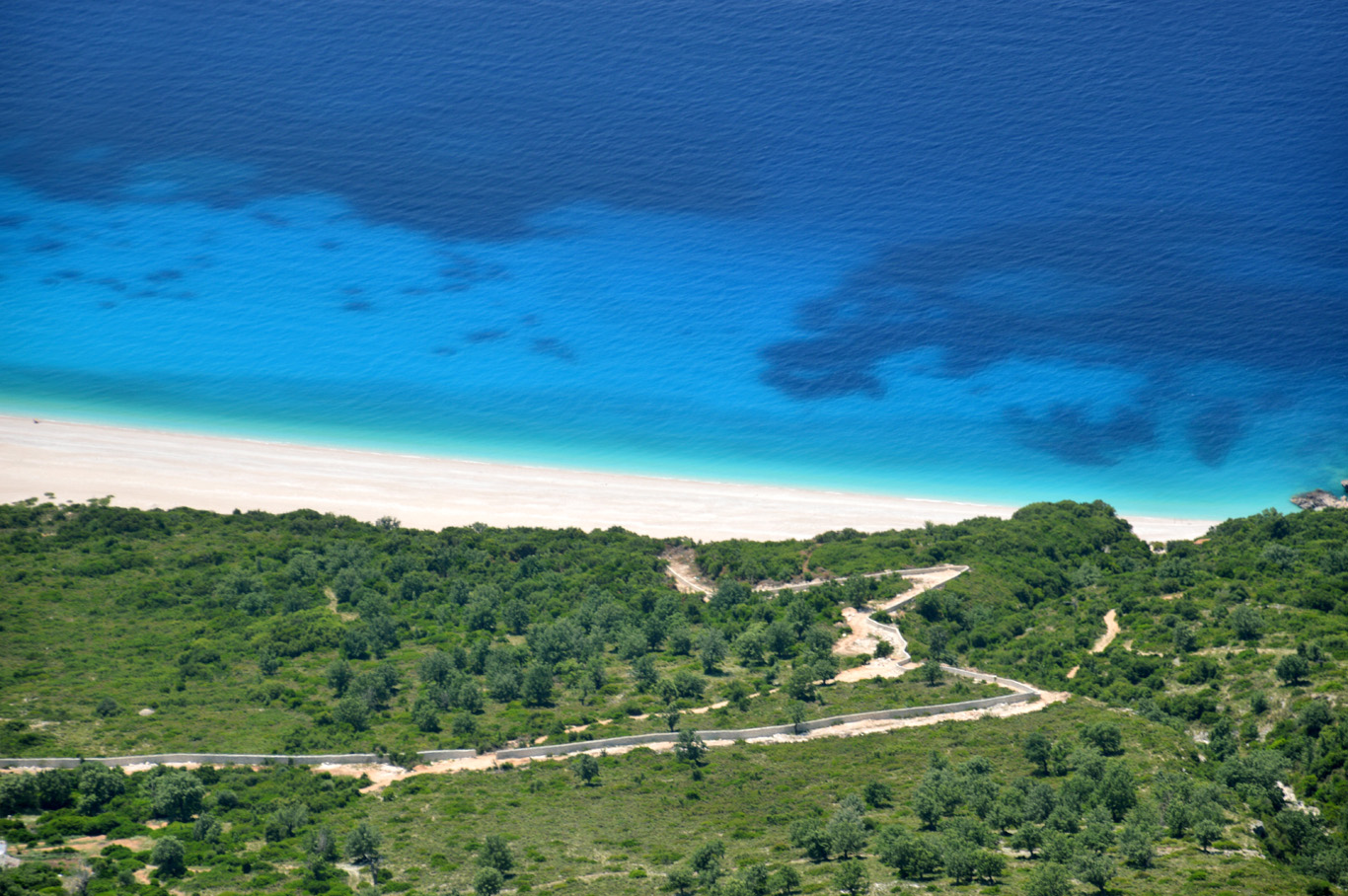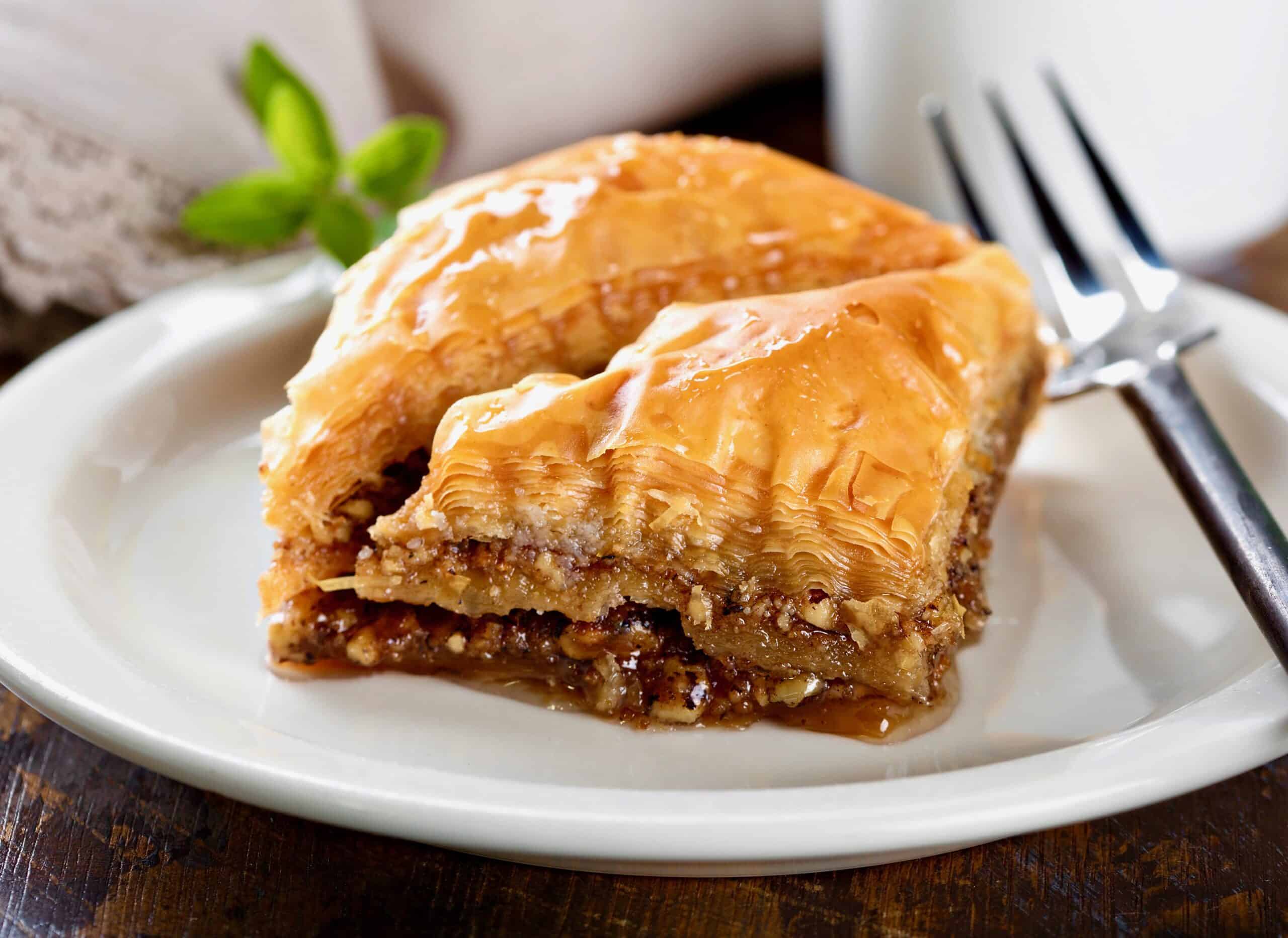Gjirokastra
The Castle
The castle is open all year round (April to September 09:00 to 19:00, October to March 09:00 to 17:00 ) with an admission price of 200 Lek/1.5o €. The castle has been the nucleus of Gjirokastra, with most of its population living within its walls until the Old Bazaar Quarter (Pazar i Vjetër) developed outside its northern gate in the 15th century. The first fortifications were probably built since the 5th century BC when Epirus was a battleground between Illyrians, Macedonians and Roman forces. A bigger fortress was erected by the Despotes of Epirus under Byzantine auspices in the 12th and 13th centuries. During Ottoman times the castle was progressively enlarged and improved until Ali Pasha of Tepelena gave it its present shape by adding the clock tower and its southwest extension in 1811-1812, making it the second largest castle in the Balkans. Through a 12 km aqueduct he brought drinking water from the mountains. The castle housed a garrison in the 19th and a prison in the 20th century. Its last administrative buildings were taken down only after 1968
The Gjirokastra Museum
Gjirokastra Museum was opened in 2012 and housed in one of the most beautiful galleries of the Castle. It relates the history and culture traditions of the city and its surroundings area from the prehistoric times until nowadays, through archeological and historical objects, archive materials and oral histories. It is considered one of the most modern museums in the country with a special design and combination of the narratives and images.
National Museum of Armaments
Originally opened in 1971, the National Museum of Armaments is located in what was once the part of the prison. The current displays cover Albanian arms from independence in 1912 to the end of World War II, and most of the museum is dedicated to the Partisan struggle against the Italian and German occupation forces from 1939 to 1944.
The prison
The entrance to the prison is in the first gallery of the National Armaments Museum. Completed in 1932, the prison was used by King Zog’s regime followed by the Italian and German occupation forces during the Second World War, and finally the communist regime until 1968. The only part of the prison that is accessible to visitors was developed as a museum by the communist regime in the 1970s. Ask the armament museum staff to orientate you. Bektashi Turbe (tomb)
Situated to the right about 50m inside the main gate you will see a small building tucked into the walls of the castle amidst a lovely garden. It contains the remains of two Bektashi Babas.
The American Airplane
A U.S. military training plane was forced to land near Tirana in 1957 having technical problems. The pilot was returned to the US a short time later, but the plane, which the communists maintained was a spy plane, was brought to the castle as a trophy of the Cold War.
The festival Stage
The stage was erected in the 1980s and has for some years been the home of the Albanian National Folk Festival, held every four years (last held in 2015). During the year the stage is used by the municipality on public holidays to present music and dance events.
The Bazaar of Gjirokastra
Until the mid 20th century Gjirokastra was an important market centre for agricultural products from the region, leatherworking and woodworking. The combination of administrative positions and vast feudal land holdings provided the basis for the wealth of the town. By the 1580s the town had more than 400 dwellings, and in the 17th century Memi Pasha, the Ottoman governor, laid out a new commercial quarter with a mosque, on the present site, with all roads coming together at the ‘neck’ of the bazaar. This first planned town centre was almost completely destroyed by fire and rebuilt in the 1750s. Another fire in 1912 resulted in a further reconstruction, for which steel beams were first used to support the shop fronts.Nowadays the area is the heart of the touristic interest with many shops, souvenirs, artisan activities and bars and restaurants.
Ethnographic Museum:
The ethnographic museum is situated in the Palorto Quarter, which is the best preserved district in the old town of Gjirokastra. The Ethnographic Museum stands on the site of the home of Enver Hoxha, communist dictator of Albania from 1944 to 1985. The museum building was constructed in 1966 after the original house was destroyed by fire. The reconstruction was designed as a model traditional Gjirokastra house with many classic features known to have been copied from particular houses around the city. From 1966 to 1991 the building served as the Anti-Fascist Museum. In 1991 the exhibits from the previous Ethnographic Museum were moved into this space. The house has four floors, all of which are open to the public. The rooms are arranged as they would have actually been used and are decorated with numerous household items, folk costumes and cultural artefacts typical of a wealthy Gjirokastra family of merchants or Ottoman administrators living in the 19th Century. The Ethnographic museum is open all year April to September 08:00 to 12:00 and 16:00 to 19:00 daily. October to March 08:00 to 16:00
The Babameto House – Centre for Culture and Heritage
The Babameto House is an elegant 2 stores house situated in the very heart of the Bazaar. In fact it is composed of two buildings, dated 1885 and 1887, housing separate branches of one family. The outside symmetry is not repeated inside, hinting at western ideas, with less emphasis on collective living. After 10 years of dereliction the building is restored in 2013. Open for the public, it is used as a good example of revitalization and modern use of a typical Gjirokastra house. Babameto serves as a Centre for Culture and Heritage, housing culture and tourist events, as well as an accommodation facility and a hostel. The property is under the administration the the Gjirokastra Foundation Entrance: free (A donation box is available for contributions).
The Zekate House
The best surviving example of an ottoman tower house in Gjirokastra’ (prof. dr Emin Riza) The fortified tower houses – known as kullë (kullë is Turkish for tower) belonged to wealthy individuals such as administrative officials or merchants. They all follow a basic layout: a secure stone lower storey topped by a wooden gallery where the principal rooms for an extended family are located. Embrasures are set in the walls to help defend against attacking enemies. The Zekate House is a particularly grand example of the typical kullë (tower-house). Constructed in 1811-1812 it has twin towers and a great double arched façade. The views of the town and the river valley below are spectacular. There are three floors; the ground floor contains storage rooms, a high ceilinged kitchen and the cistern. There is a central staircase which winds upwards through the building. The first floor has two rooms that were used as living quarters for branches of the family, while the third floor has a grand reception room and two other smaller rooms. The principal room is very typical of the grandest of these dwellings with frescoed walls, a carved ceiling and an ornate fireplace. This level would have been shared by the whole family. At the centre of floor at the top of the staircase there is a wooden balcony overlooking the town. This has a raised section on which the head of the family would sit, meet his guests and watch what went on in the city below.The Zekate house is open for visitors. A family member will come out and unlock the door.
Skënduli House
Skender Skenduli, another wealthy land owner, built the Skendulate House (22) in 1823 during Gjirokastra’s greatest period. The house had two courtyards and is unique in having both an internal and external staircase. It used to have 46 chimneys, indicating the wealth of the Skënduli family. The main guest room (oda), in particular, is distinguished by its decorated ceiling and wooden poles, just as the many other wooden decorations throughout this house give it an unrepeatable value. The great number of loopholes and the sophisticated locks of the main doors bear witness of its defensive function.It is open for visitors; there are not yet exact times of opening hours. A family member will appear always to guide you inside.
Kadare House
Kadare House is the newest attractions in the historic city. It belongs to the family of Ismail Kadare who was born here in 1936. Ismail Kadare is the most well known Albanian writer internationally. Destroyed by fire in 1997, the house is now being fully reconstructed and offers several of exhibitions mostly related with the figure of the writer.Opening hours from April to October from 09.00-19.00
The Fico House is of special interest because, built in 1908, it allows us to trace the evolution of the Gjirokastra house up to the beginning of the 20th century, when this type of house was no longer built. The architectural treatment of the interior and exterior presents new developments: the interior becoming simpler, the exterior being enriched with new elements. The front has two arched gates, and this house is the only one in Gjirokastra that has elaborate wooden ornaments of the pediment and window frames.Not set any opening hours schedule and no entrance fee applied, however, donations and contributions are appreciated.














